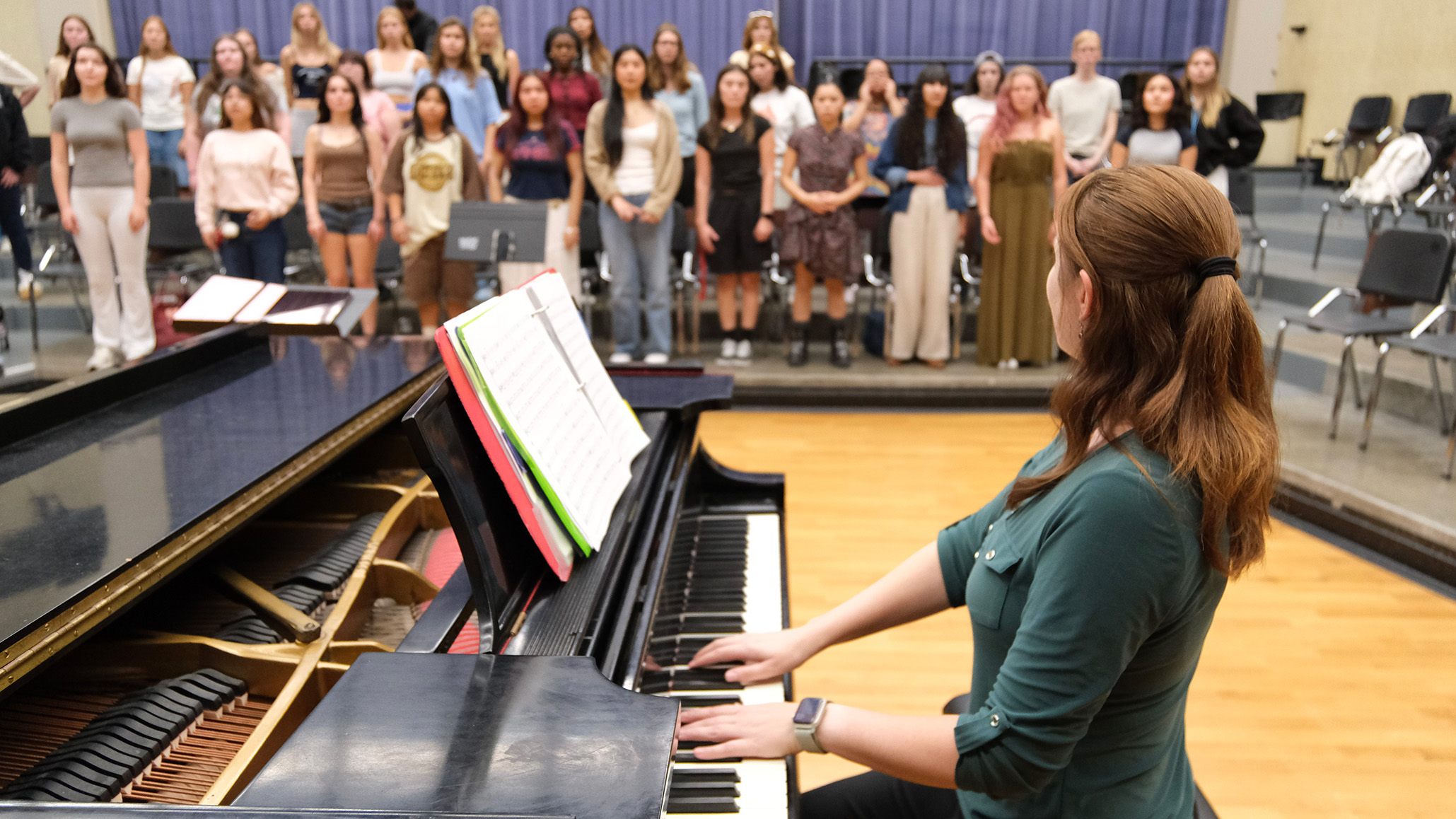Bridging Research Across the Pond
British roboticists and artificial intelligence researchers visited an SDSU professors lab to explore potential collaborations.

A delegation of leading robotics and artificial intelligence researchers from several institutions in the United Kingdom visited the laboratory of San Diego State University neuromechanics researcher Harsimran “Sim” Baweja earlier this month. The scientists toured the lab, discussed various potential collaborations, and took a spin inside Baweja’s virtual reality (VR) environments and driving simulator, which are designed to measure people’s physiological responses to VR-induced stress.“Technology is finally catching up with the promise of robotics, but there is no way the field can advance within a single discipline. You need interdisciplinary collaboration.”
Eight UK scientists toured universities and companies in Boston, Pittsburgh and San Diego as part of a coordinated push to boost scientific and economic ties. The local visit was spurred in part by the recent opening of a trade-focused British consular office in San Diego.
“We want to build synergy between our labs and relationships with our colleagues across the pond,” said Ana MacIntosh, manager of a robotics lab at the University of Sheffield in the UK.
The delegation visited Baweja’s lab inside the Exercise and Nutritional Sciences building, where he demonstrated his work using virtual environments to measure factors like muscle flexion and body sway under a variety of conditions that would be impossible to safely test in real life. Jonathan Rossiter, lead scientist for soft robotics at the University of Bristol in the UK, volunteered to step into VR and demonstrate one aspect of Baweja’s studies.
Strapped into a VR headset and gloves, Rossiter found his virtual self in an industrial-looking room with a steel plank in the middle, while the other scientists observed on a monitor. Once acquainted with the room, Baweja raised the virtual plank up high in the air and had Rossiter walk across it, measuring his balance. Then he had Rossiter virtually jump off, showcasing how the experiment elicits a real stress response even in an unreal environment.
Baweja’s lab uses these physiological measurements to see how stress impacts balance and muscle control in people with Parkinson’s disease. Doing so in a virtual environment allows researchers to explore a fuller range of stress responses than they would otherwise be able to using real-world scenarios.
Other scientists tried out the lab’s driving simulator, which similarly measures people’s physiology as they drive through a series of virtual scenarios. The goal is to see how aging and disorders like Alzheimer’s disease affect driving performance.
Baweja said his experience as both a research scientist and a clinician gives his lab important insights into how disparate disciplines like engineering, robotics, artificial intelligence, computer science, public health and physical therapy can come together to answer unsolved questions in science. Attention to cross-disciplinary collaboration lies at the heart of SDSU’s forthcoming Engineering and Interdisciplinary Sciences Complex, due to open next year.
That kind of approach is absolutely essential in modern robotics, MacIntosh added.
“Technology is finally catching up with the promise of robotics, but there is no way the field can advance within a single discipline. You need interdisciplinary collaboration.”
Baweja said he is looking forward to growing and fostering collaborations between UK scientists and his and other labs at SDSU. Those relationships might take the form of direct research collaboration, but also student and professor exchange programs and technology sharing.
“There are so many opportunities to partner with top scientists and institutions that are mutually beneficial,” he said.



